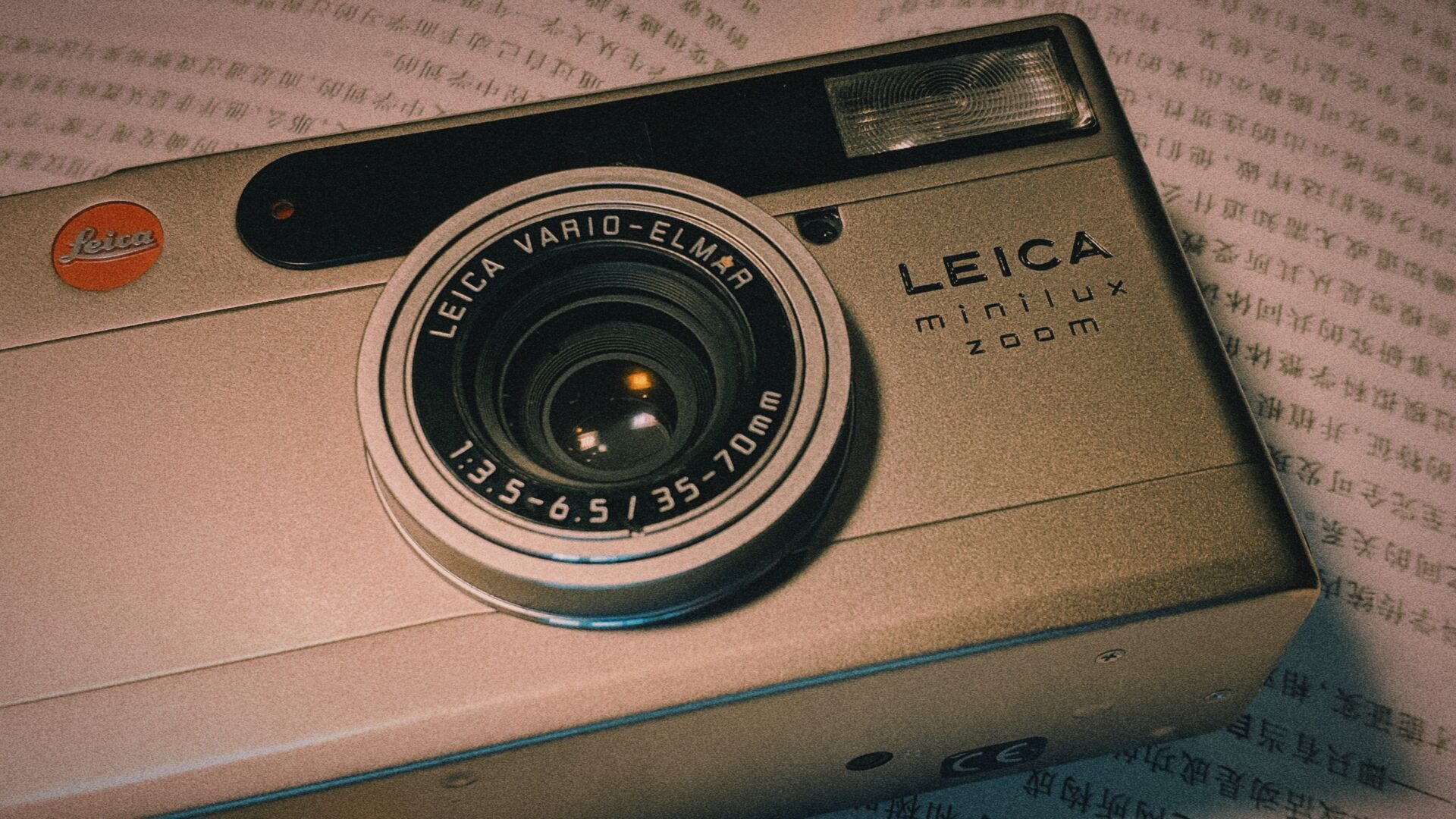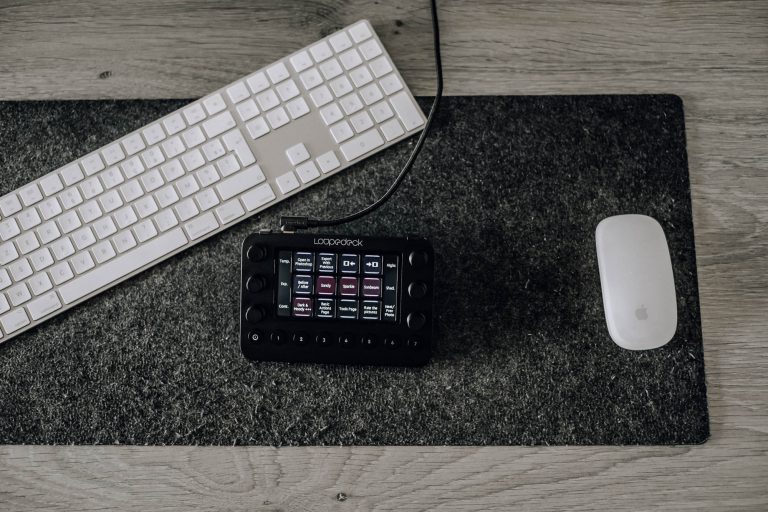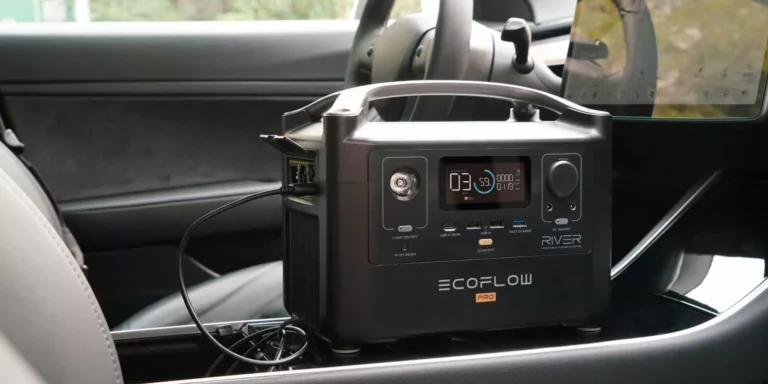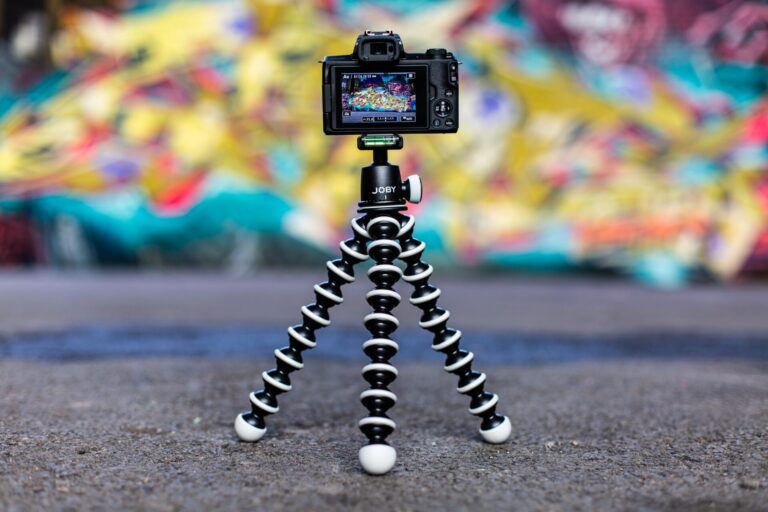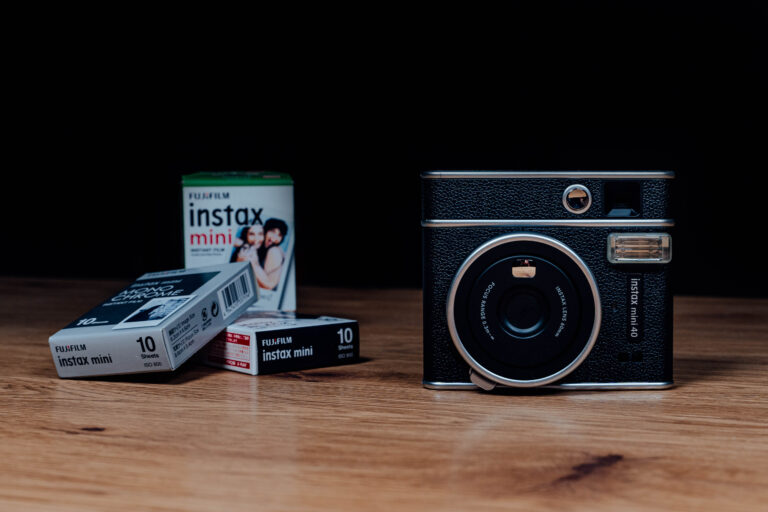Leica Minilux review: The Unforgettable 35mm Film Camera Experience
In a world dominated by digital photography, the Leica Minilux stands as a testament to the enduring appeal of analog film.
The Minilux, a legendary compact 35mm film camera, has captured the hearts of photographers for decades with its high-quality lens, solid build, and nostalgic charm. In this comprehensive review, we’ll explore the unforgettable film camera experience offered by the Leica Minilux, delving into its features, performance, and the reasons behind its enduring popularity.
So, grab a cup of coffee, sit back, and join us as we journey through the captivating world of the Leica Minilux.
Page Contents
Exploring the Capabilities of the Leica Minilux
The Leica Minilux boasts several unique capabilities that distinguish it from other compact 35mm film cameras. One of its most notable features is the high-quality Summarit 40mm f/2.4 lens. This lens is celebrated for its sharpness, color rendition, and contrast, allowing photographers to capture stunning images with a compact film camera.
Another remarkable attribute of the Leica Minilux is its solid build quality, thanks to its durable metal body. This construction sets it apart from many other compact cameras of its era, giving it a premium feel that’s synonymous with the Leica brand.
Is the Leica Minilux still in production?
No, the Leica Minilux is no longer in production.
The Leica Minilux was a compact 35mm film camera produced by Leica Camera in the late 1990s and early 2000s. Since its discontinuation, Leica has shifted its focus to digital cameras, making it more challenging to find new Minilux models on the market.
However, you may still be able to find Leica Minilux cameras available for purchase through second-hand markets or vintage camera stores.
Why is the Leica Minilux so legendary?
The Leica Minilux has gained a legendary status among photography enthusiasts for several reasons:
- Leica Brand: Leica is a renowned and respected name in the world of photography, known for its high-quality cameras and optics. The Leica Minilux carries the brand’s legacy, which adds to its appeal.
- Exceptional Lens: The Leica Minilux is equipped with a Summarit 40mm f/2.4 lens, which is known for its sharpness, color rendition, and contrast. This high-quality lens allowed photographers to capture stunning images with a compact film camera.
- Build Quality: The Leica Minilux features a metal body, giving it a solid and durable feel. Its build quality was a significant factor in setting it apart from other compact cameras of its time.
- Compact Size: Despite its high-quality construction and lens, the Minilux is small and easily portable, making it an attractive choice for photographers who wanted a high-performance camera in a compact package.
- Nostalgia and Aesthetics: As a film camera, the Leica Minilux offers a unique, tactile experience that many photographers find appealing. The process of shooting with film can be more deliberate and rewarding, resulting in a deeper connection to the craft.
Leica Minilux, an analog 35mm film camera
The Leica Minilux is an analog film camera, celebrated for its compact design and exceptional image quality. As an analog camera, it utilizes 35mm film to capture photographs instead of the digital sensors found in modern cameras.
In recent years, there has been a growing interest in 35mm film photography as a countermovement to the digitally manipulated and heavily edited images often found on social media. The analog process offers a more authentic, tactile experience, and many photographers appreciate the unique characteristics of film, such as grain, tonality, and color rendition.
Using a film camera like the Leica Minilux or the Nikon FE2 can encourage photographers to be more deliberate and mindful in their work, fostering a deeper connection to the art of photography.
However, developing analog 35mm film has become increasingly challenging in recent years due to the decline of traditional photography labs and the prevalence of digital photography. Luckily, there are alternative methods for photographers to digitize their analog films.
In our guides on how to scan film with a digital DSLR camera and how to convert analog film to a digital picture, we provide step-by-step instructions for photographers to achieve high-quality digital files of their film negatives or slides. Photographers can create digital versions of their film images without developing them by using equipment such as a digital camera and a light source.
What was the price when it was first sold?
The Leica Minilux was initially introduced in the late 1990s, and its retail price at the time was around $1,000 to $1,200 USD. Prices may vary depending on the specific market, local taxes, and import duties. Keep in mind that the value of money has changed since then, so the price may seem higher when adjusted for inflation.
What camera’s are similar to the Leica Minilux?
Three cameras that are similar to the Leica Minilux, in terms of being compact 35mm film cameras with high-quality lenses, are:
- Contax T2: The Contax T2 is a highly regarded compact 35mm film camera known for its robust build and excellent Carl Zeiss Sonnar T* 38mm f/2.8 lens. It offers autofocus, a built-in flash, and aperture priority mode, making it a popular choice among film photography enthusiasts.
- Ricoh GR1: The Ricoh GR1 is another well-respected compact 35mm film camera, featuring a sharp Ricoh GR 28mm f/2.8 lens. This camera is appreciated for its sleek design, lightweight body, and reliable autofocus system.
- Konica Hexar AF: The Konica Hexar AF is a 35mm film camera with a fixed 35mm f/2 Hexar lens. It is known for its silent operation, accurate autofocus, and solid build quality. The Hexar AF has a unique design and is often compared to the Leica Minilux in terms of image quality and performance.
While these cameras are not identical to the Leica Minilux, they share similarities in terms of being high-quality, compact 35mm film cameras with impressive lenses, making them popular choices among analog photography enthusiasts.

